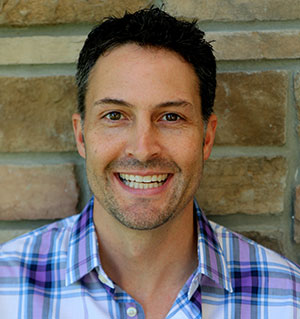The University of South Florida received a portion of $3.8 million in U.S. Environmental Protection Agency funding announced Jan. 5 to help communities plan new uses for former brownfield sites – land contaminated with hazardous waste or pollutants, or perceived to be so.
USF received a $200,000 grant to work with the University Area Community Development Corporation (UACDC) and other organizations to create a strategic plan for addressing environmental pollution and redevelopment challenges in the University Area Community (UAC).
USF was one of 19 institutions and municipalities – and the only recipient in Florida – awarded the EPA grants this year to engage the community and conduct planning activities for cleanup and re-use of brownfield sites. The grant is part the EPA’s Brownfields Area-Wide Planning Program.
Brownfields are often properties with abandoned, closed or underused industrial or commercial buildings typically located in poor or underserved communities with limited access to fresh foods, outdoor recreation and health care.
The USF project will focus on a large community immediately west of the university’s Tampa campus, with documented brownfields representing former industrial and manufacturing businesses that resulted in contaminants deposited in subsurface soil and sediment adjacent to residential neighborhoods. Although the area has been plagued by blight, decay, poverty and a lack of basic resources for decades, it is poised for positive change. Efforts by the UACDC and other organizations have helped increase community engagement and decrease crime, while more resources are spurring revitalization in the UAC.
Community-based organizations, public-private partnerships and governmental agencies have worked on redevelopment plans incorporating housing, human health, infrastructure and economic development, but without explicitly addressing environmental health’s integral role in redevelopment.

E. Christian Wells, PhD, professor of anthropology and director of the USF Center for Brownfields Research and Redevelopment.
“This grant is designed to build on existing redevelopment planning efforts and tie them together with an emphasis on the health of the environment,” said E. Christian Wells, PhD, professor of anthropology and director of the USF Center for Brownfields Research and Redevelopment.
“We want to bring in the voice of community,” said Wells, the project’s lead investigator. “From some previous research we’ve heard from community members that they don’t want another gas station or dry cleaner in their neighborhoods; they want healthy access to community parks and recreation.
“In the end, we’re hoping to encourage positive policy development and planning to improve the welfare of community residents, especially children who make up about 35 percent of the University Community Area residents.”
Key partners working with USF, in addition to UACDC, will include the Florida Brownfields Association, Mort Elementary School, Environmental Protection Commission of Hillsborough County, Florida Department of Health-Hillsborough County, Hillsborough County Economic Development, Hillsborough County City-County Planning Commission, Cardno, Vistra, and BGW Associates.
The project will begin in March 2017 and last approximately two years. Much of the funding will be used to hire area residents to help with community planning efforts. Once a successful development plan has been established, Wells said, the group hopes to be able to attract significant resources to implement the plan.
For a full list of this year’s grant awardees go to the following EPA site: https://www.epa.gov/newsreleases/epa-gives-38m-help-19-communities-plan-new-uses-former-brownfield-sites-0
Story by Anne DeLotto Baier